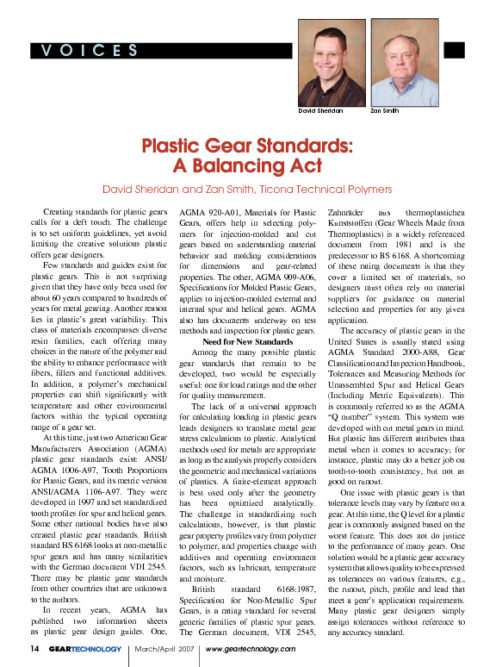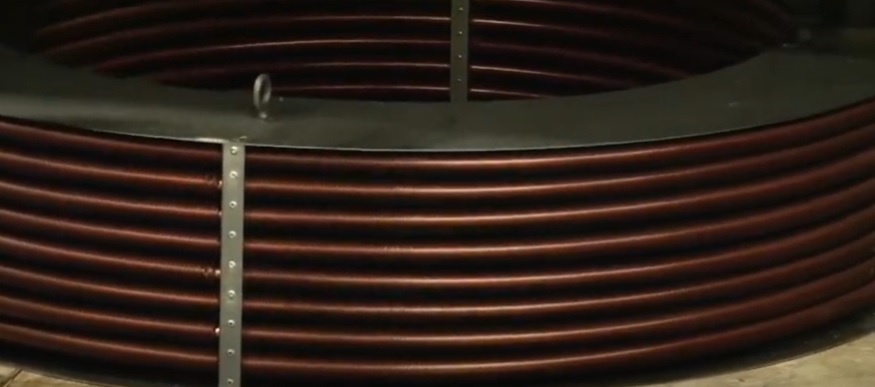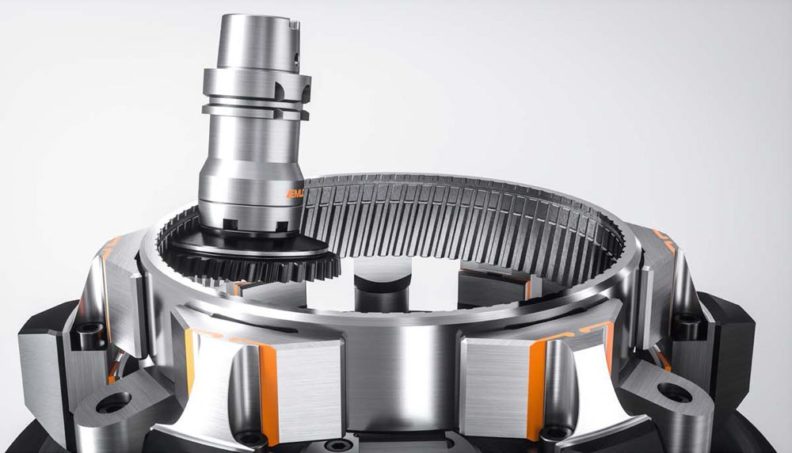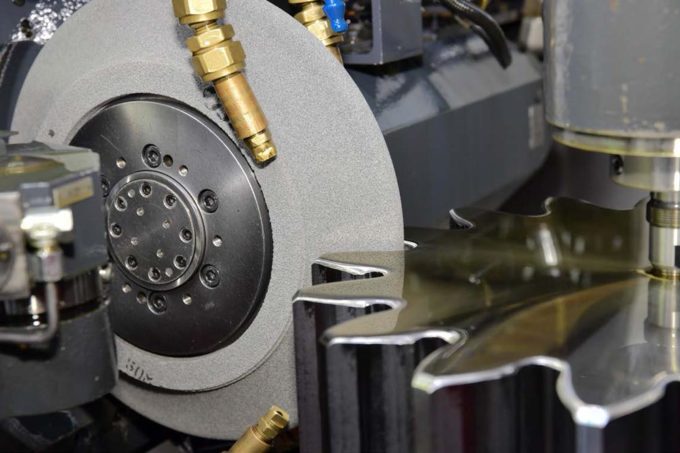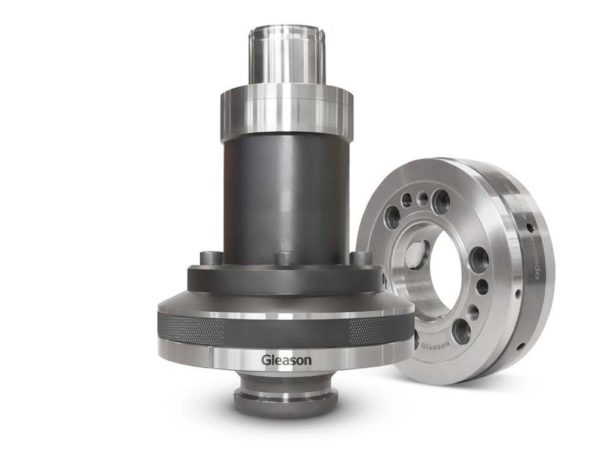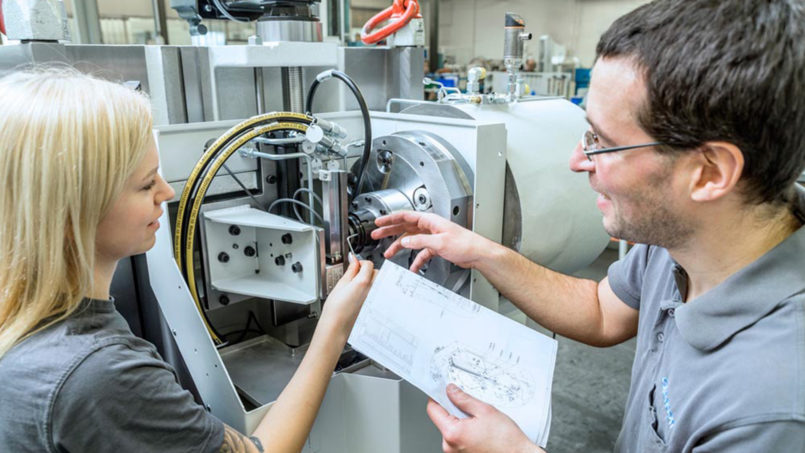Plastic Gear Standards: A Balancing Act
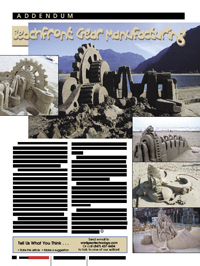
David Sheridan and Zan Smith, Ticona Technical Polymers
Creating standards for plastic gears calls for a deft touch. The challenge is to set uniform guidelines, yet avoid limiting the creative solutions plastic offers gear designers.
Few standards and guides exist for plastic gears. This is not surprising given that they have only been used for about 60 years compared to hundreds of years for metal gearing. Another reason lies in plastic’s great variability. This class of materials encompasses diverse resin families, each offering many choices in the nature of the polymer and the ability to enhance performance with fibers, fillers and functional additives. In addition, a polymer’s mechanical properties can shift significantly with temperature and other environmental factors within the typical operating range of a gear set.
At this time, just two American Gear Manufacturers Association (AGMA) plastic gear standards exist: ANSI/AGMA 1006-A97, Tooth Proportions for Plastic Gears, and its metric version ANSI/AGMA 1106-A97. They were developed in 1997 and set standardized tooth profiles for spur and helical gears. Some other national bodies have also created plastic gear standards. British standard BS 6168 looks at non-metallic spur gears and has many similarities with the German document VDI 2545. There may be plastic gear standards from other countries that are unknown to the authors.
In recent years, AGMA has published two information sheets as plastic gear design guides. One, AGMA 920-A01, Materials for Plastic Gears, offers help in selecting poly- mers for injection-molded and cut gears based on understanding material behavior and molding considerations for dimensions and gear-related properties. The other, AGMA 909-A06, Specifications for Molded Plastic Gears, applies to injection-molded external and internal spur and helical gears. AGMA also has documents underway on test methods and inspection for plastic gears.
Need for New Standards
Among the many possible plastic gear standards that remain to be developed, two would be especially useful: one for load ratings and the other for quality measurement.
The lack of a universal approach for calculating loading in plastic gears leads designers to translate metal gear stress calculations to plastic. Analytical methods used for metals are appropriate as long as the analysis properly considers the geometric and mechanical variations of plastics. A finite-element approach is best used only after the geometry has been optimized analytically. The challenge in standardizing such calculations, however, is that plastic gear property profiles vary from polymer to polymer, and properties change with additives and operating environment factors, such as lubricant, temperature and moisture.
British standard 6168:1987, Specification for Non-Metallic Spur Gears, is a rating standard for several generic families of plastic spur gears. The German document, VDI 2545, Zahnräder aus thermoplastichen Kunststoffen (Gear Wheels Made from Thermoplastics) is a widely referenced document from 1981 and is the predecessor to BS 6168. A shortcoming of these rating documents is that they cover a limited set of materials, so designers must often rely on material suppliers for guidance on material selection and properties for any given application.
The accuracy of plastic gears in the United States is usually stated using AGMA Standard 2000-A88, Gear Classification and Inspection Handbook, Tolerances and Measuring Methods for Unassembled Spur and Helical Gears (Including Metric Equivalents). This is commonly referred to as the AGMA “Q number” system. This system was developed with cut metal gears in mind. But plastic has different attributes than metal when it comes to accuracy; for instance, plastic may do a better job on tooth-to-tooth consistency, but not as good on runout.
One issue with plastic gears is that tolerance levels may vary by feature on a gear. At this time, the Q level for a plastic gear is commonly assigned based on the worst feature. This does not do justice to the performance of many gears. One solution would be a plastic gear accuracy system that allows quality to be expressed as tolerances on various features, e.g., the runout, pitch, profile and lead that meet a gear’s application requirements. Many plastic gear designers simply assign tolerances without reference to any accuracy standard.
Beyond Standards
Having a solid body of standards for the use of plastic in gears is essential in fostering the use of such gears. Equally important, however, is the need to educate those who design gears in how to make the best use of this material and understand the peculiarities of an injection-molded part with regards to tooling and processing. For instance, designers need to move beyond the belief that they must adhere to the standard tooth forms defined in metal gear manufacturing standards.
Designers would be better off if they treated standard tooth forms as starting points and then optimized their designs to satisfy the requirement of a finished gear set. This approach makes sense because cavities for plastic gears must be cut to non-standard dimensions to accommodate differential shrinkage. Customizing the mold for shrinkage opens the door to incorporating optimized tooth forms for an application at little or no added cost.
Plastic’s variability is one of its great strengths and underpins the design freedom it allows. But this variability also complicates the job of standardization. Moving forward there is a need for new global standards that account for this variability, such as those for material-specific load ratings and flexible accuracy ratings, to support gear manufacturers anywhere in the world.
